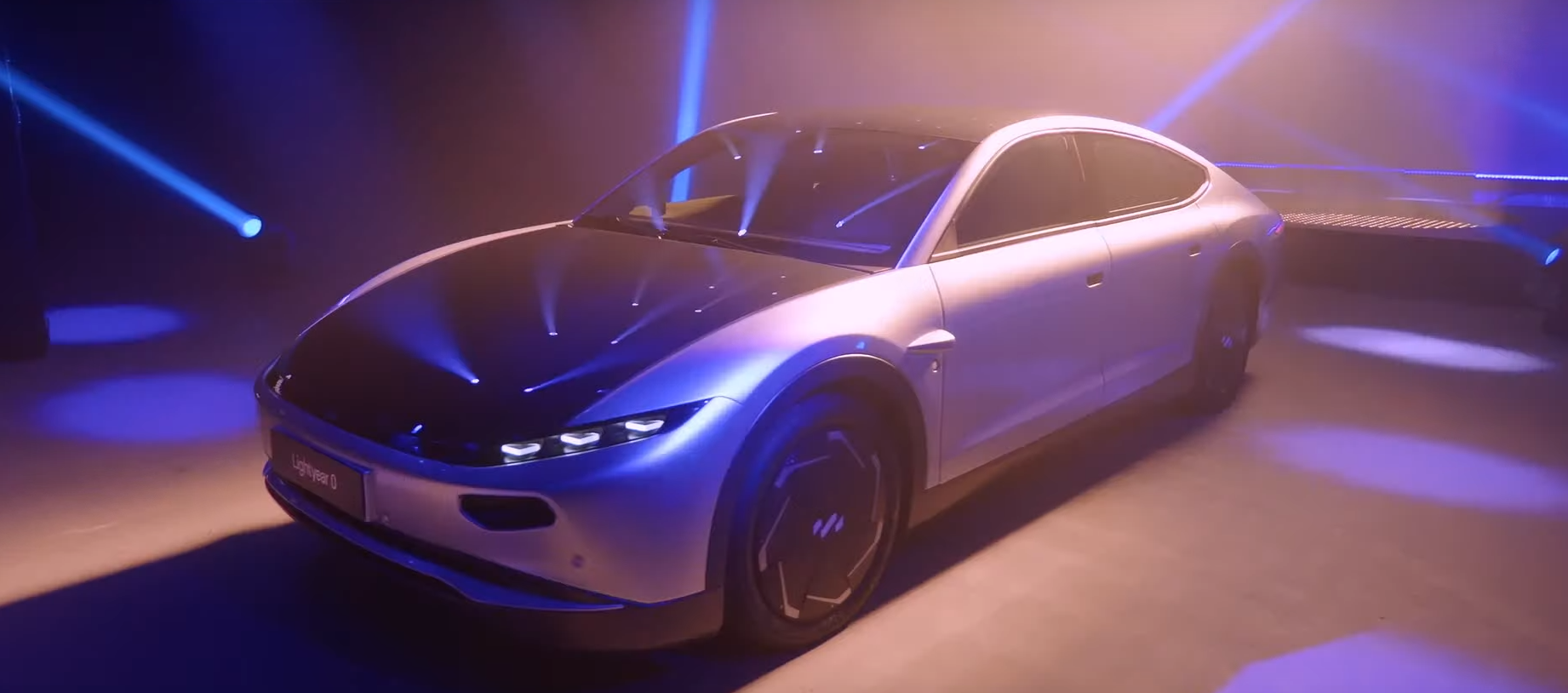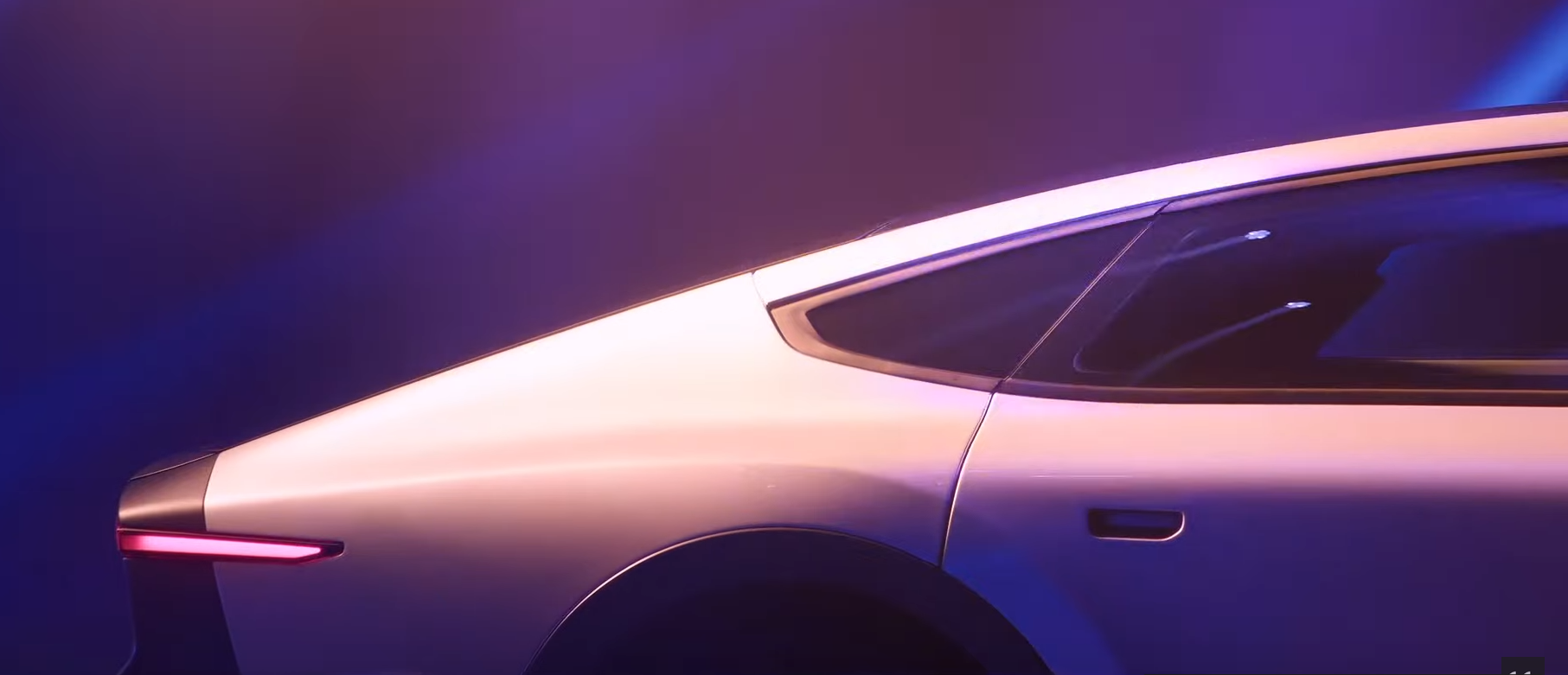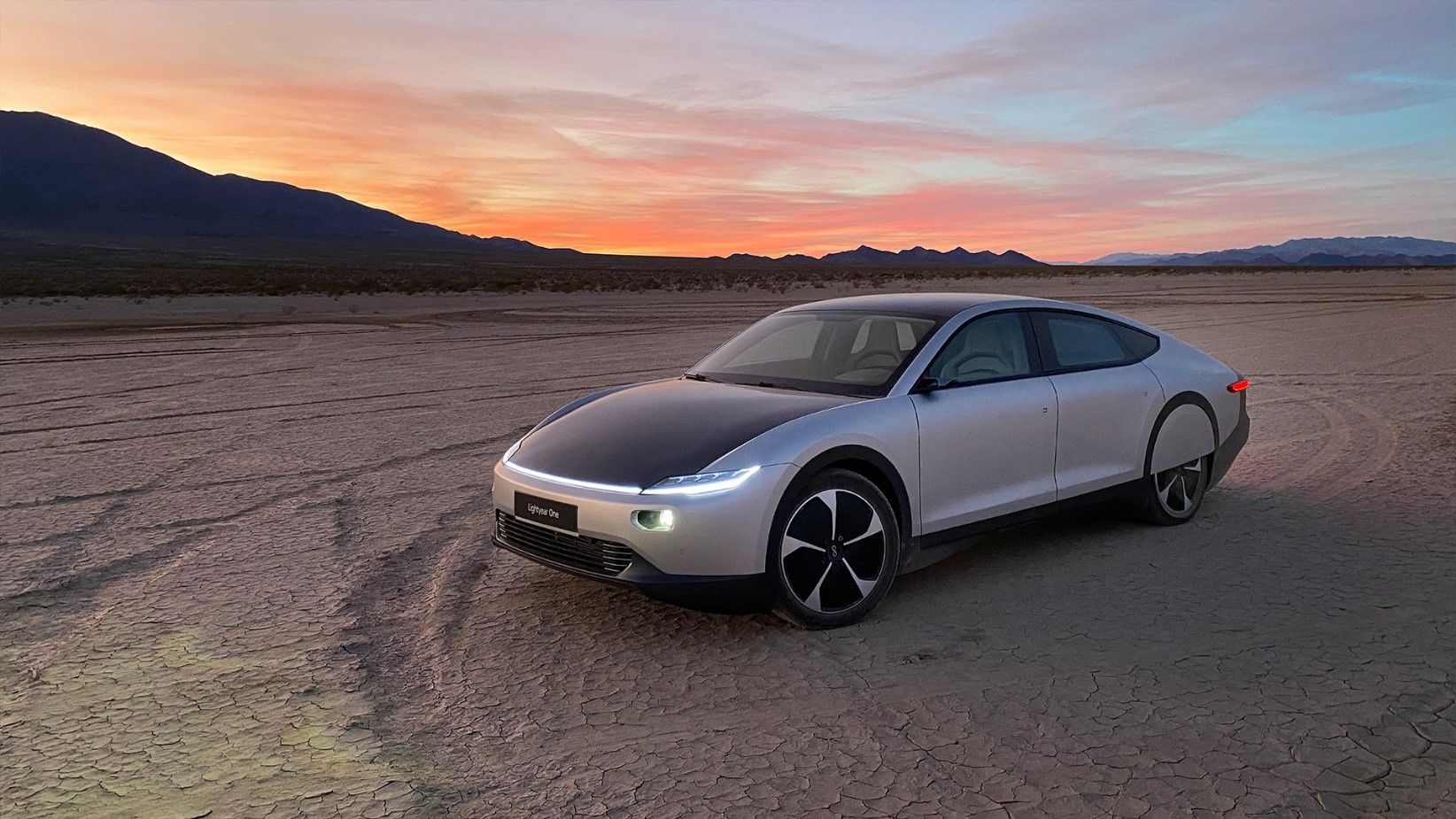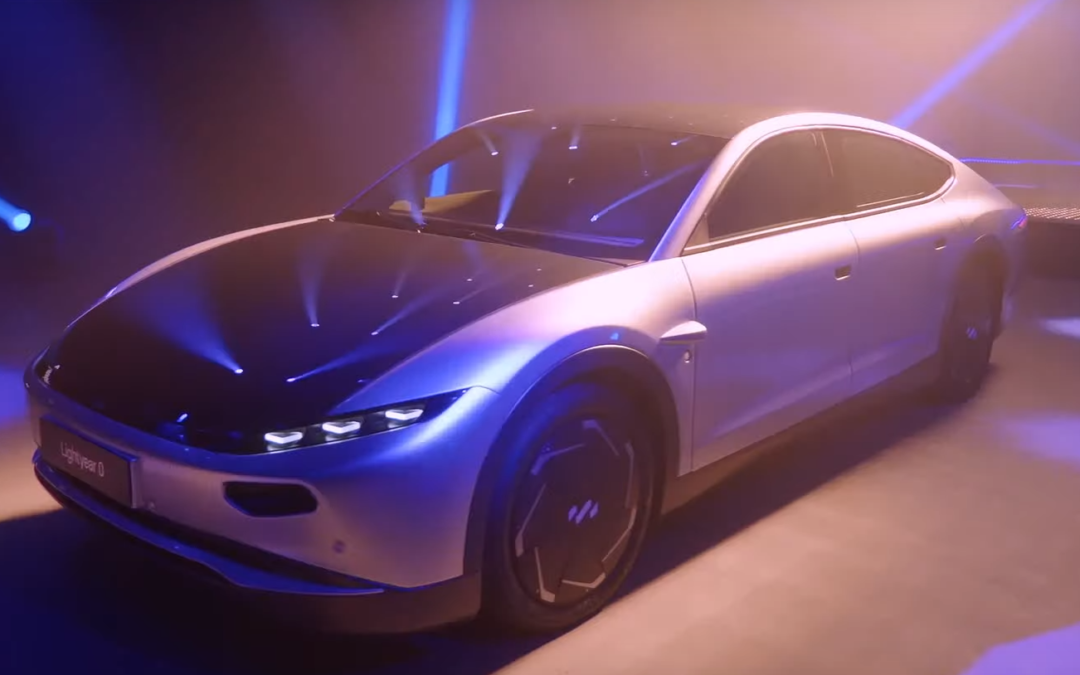
While the whole world is talking about war and geopolitics, yesterday evening in the Netherlands two young people presented a potentially historical invention.
After six years of development the first solar car, called Lightyear 0, is production-ready, tested on the road at all speeds and weather conditions and approved by competent bodies. It will go into production this fall in Finland and the first models will be delivered by the end of the year.
The electric car is certainly the future of mobility, but the strong dependence on an electricity grid not yet well developed and still devoted to non-renewable sources, as well as the long recharge times, slow down its development.
"How do we preserve what we have and still live the life we love?" asks Leo Hoefsloot, CEO and co-founder. His answer is a car with an electric motor but also 5 square meters of solar panels on the roof and hood, which mean that the range of travel is potentially infinite.
Koen van Ham, Chief Design & Co-founder, talks about a maximum of two months without recharging in the Netherlands in the summer, up to seven in Portugal.
Depending on the climate, you could yield between 6,000 to 11,000 kilometers of free, effortless, and clean range every year.

At Lightyear One they are strongly committed to efficiency and sustainability:
- world record in aerodynamics for a family car
- revolution in engines with four motors placed above the wheels to maximize thrust and efficiency
- full body in recycled carbon fiber, interior 100% in plant-based leather and recycled fabrics
The base price is not within everyone's reach, 149,000 euro, but for Leo Hoefsloot this is just a preparatory step, speaking of it as phase zero:
"It’s showing that our car and our technology car really drive everywhere."
At Lightyear One everyone seems already projected towards phase 1, reaching large-scale production with a car model with a list price affordable to all, starting from 30,000 – 34,000 €. Lightyear 2 will likely be ready by late 2024 or early 2025.
"Let’s be moved by light and go free!", Leo Hoefsloot concludes. A revolution aimed not only at sustainability but also at freedom, comfort, and convenience.







